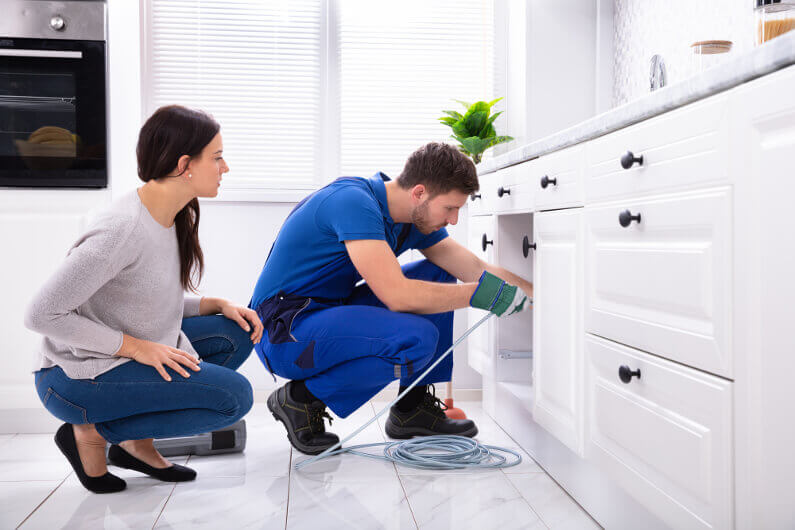
Dealing with a sewer emergency can be a messy and stressful situation for any homeowner. When disaster strikes, it's important to know what steps to take to minimize damage and get the problem resolved as quickly as possible. This guide will provide you with the information you need to handle an emergency sewer cleaning effectively.
Recognizing a Sewer Emergency
It's essential to be able to identify when you are dealing with a sewer emergency. Some common signs that you may have a sewer issue include:
Signs of a Sewer Emergency:
- Foul odors coming from drains or outside near the sewer line.
- Multiple drains in your home are clogged or draining slowly.
- Water backing up in sinks, toilets, or showers.
- Gurgling noises coming from drains.
If you notice any of these signs, it's crucial to act quickly to prevent further damage to your home.
Steps to Take During a Sewer Emergency
1. Stop Water Usage
When you suspect a sewer issue, it's important to stop using water in your home to prevent backups and flooding. Avoid flushing toilets, running sinks, using the dishwasher, or doing laundry until the problem is resolved.
2. Call a Professional Sewer Cleaning Service
Attempting to handle a sewer emergency on your own can be dangerous and may result in further damage. Contact a professional sewer cleaning service as soon as possible to assess the situation and provide the necessary repairs.
3. Stay Safe
When dealing with a sewer emergency, it's crucial to prioritize your safety. Avoid contact with any contaminated water and wear protective gear if you need to be near the affected area.
4. Evacuate if Necessary
If the sewer backup is severe and poses a health risk to you and your family, it may be necessary to evacuate your home until the issue is resolved. Stay with friends or family or seek temporary accommodation while the professionals handle the cleanup.
Professional Sewer Cleaning Process
Once you have contacted a professional sewer cleaning service, they will follow a specific process to address the issue and restore your sewer system to proper working order.
The Professional Sewer Cleaning Process may Include:
- Inspection: The technicians will inspect the sewer lines using specialized cameras to identify the location and cause of the blockage.
- Clearing the Blockage: The professionals will use high-powered equipment to clear the blockage in the sewer line, such as hydro-jetting or sewer snakes.
- Repairs: If any damage is found in the sewer line, the technicians will make the necessary repairs to ensure the system functions correctly.
- Cleaning and Disinfection: Once the blockage is cleared and repairs are complete, the professionals will clean and disinfect the affected area to ensure it is safe for use.
Preventing Future Sewer Emergencies
After experiencing a sewer emergency, you'll want to take steps to prevent future incidents from occurring. Here are some tips to help you maintain a healthy sewer system:
Tips for Preventing Future Sewer Emergencies:
- Dispose of Grease Properly: Avoid pouring grease down the drain as it can solidify and cause blockages in the sewer line.
- Use a Strainer: Install strainers in sinks and showers to catch debris and prevent it from entering the sewer system.
- Regular Maintenance: Schedule regular inspections and maintenance for your sewer system to catch any potential issues early.
- Be Mindful of what you Flush: Avoid flushing anything other than toilet paper down the toilet to prevent clogs in the sewer line.
Conclusion
Dealing with a sewer emergency can be a challenging experience, but knowing what steps to take can help you navigate the situation effectively. By recognizing the signs of a sewer emergency, contacting a professional sewer cleaning service, and taking preventative measures, you can protect your home from future disasters and ensure your sewer system remains in good working order.
